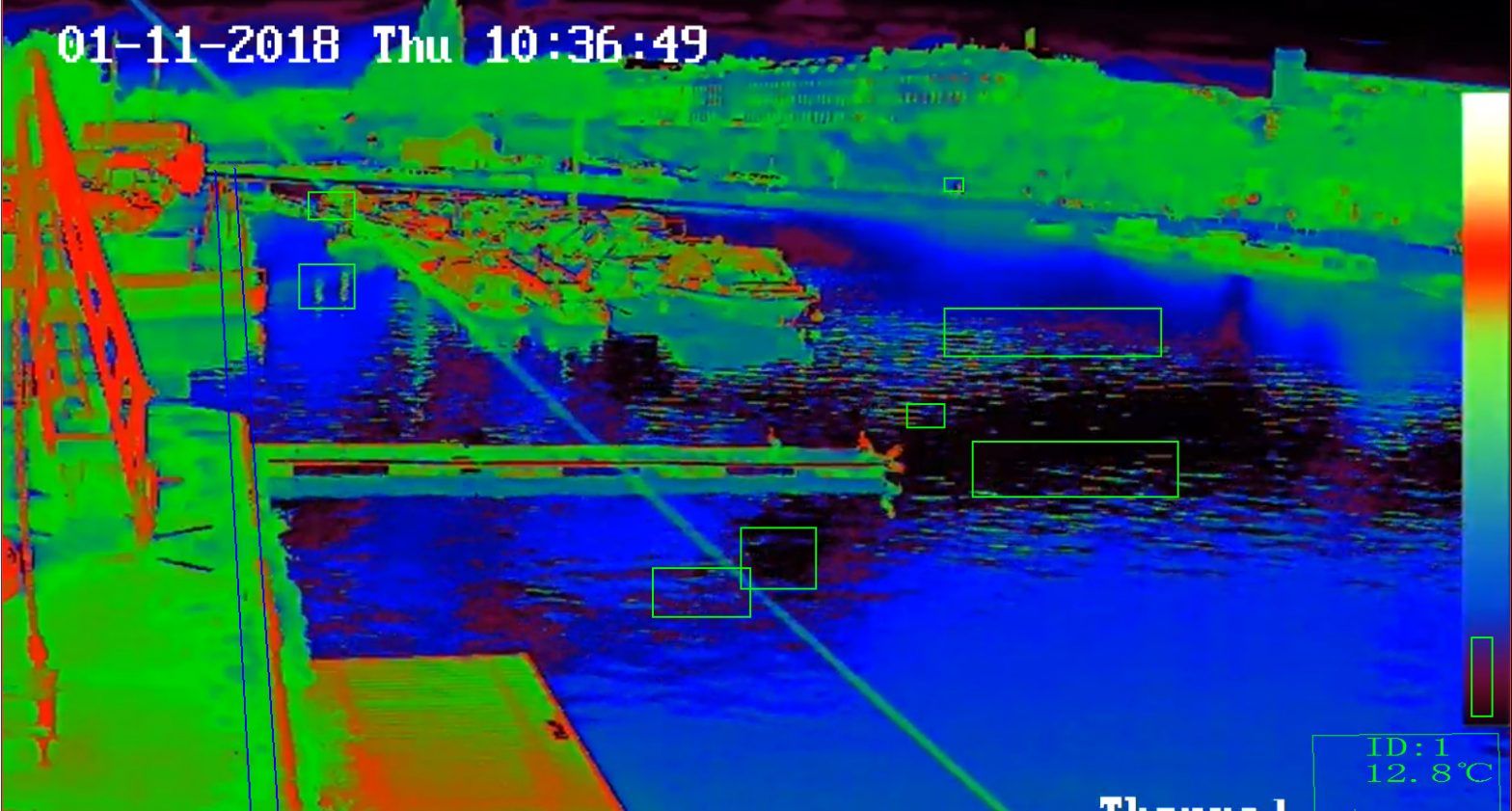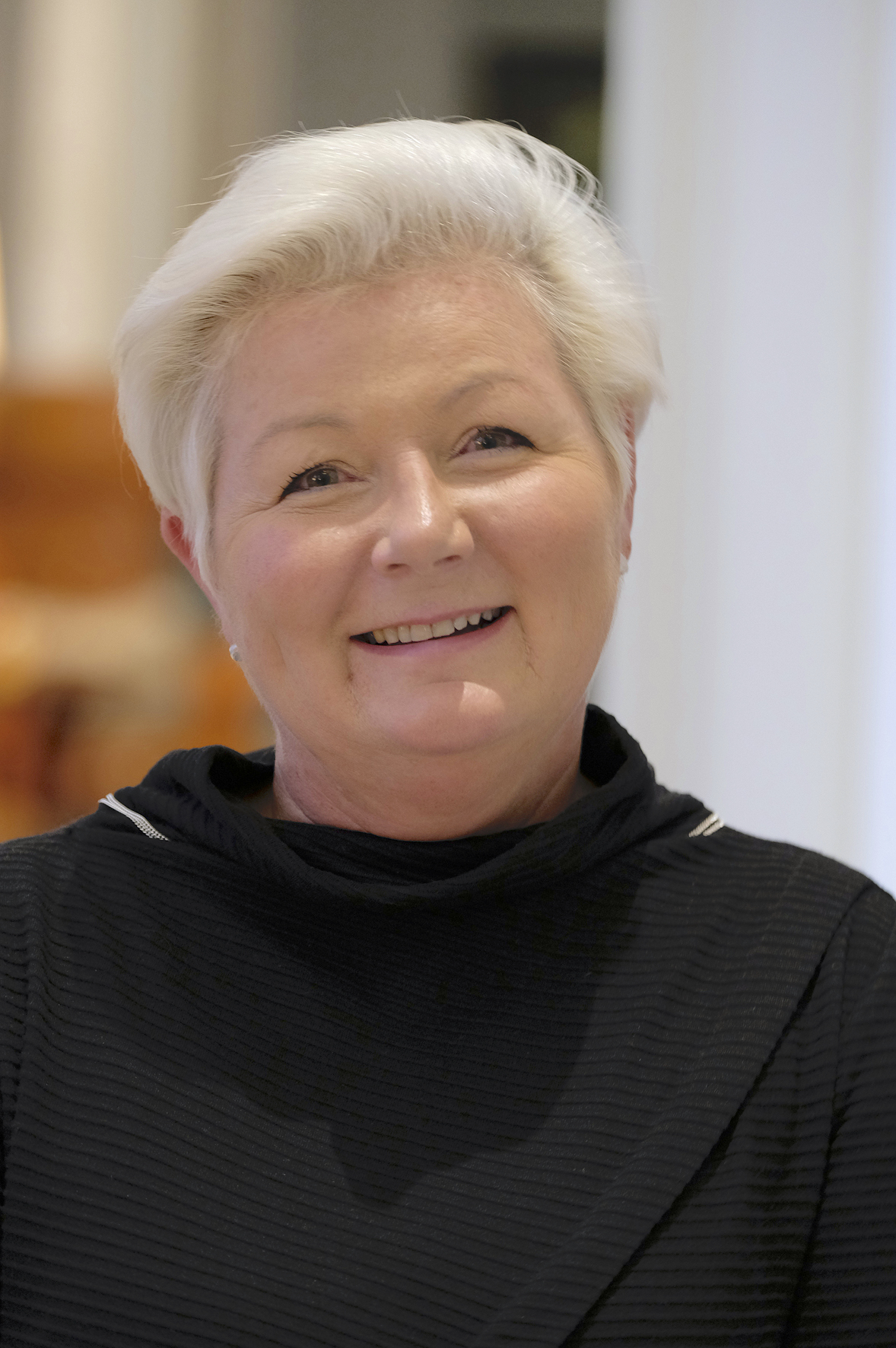
Photo: Barrier-Trip-Rainbow
Bristol 5G simulation increases harbourside safety
11 February 2019
by Jonathan Andrews
The English city of Bristol has completed the first phase of a digitalisation trial to improve safety around its tidal harbour and fast flowing river by using 5G simulation.
The trial began in October–in an area known for high footfall and incidences of people falling into the harbour–to test new ways of detecting incidents with better accuracy and improve response rates.
Thermal cameras were set up at specific ‘trigger’ entry points, which serve as barrier lines on the harbour wall. The effective simulation of 5G provided access to hard-to-reach places, such as the harbour wall, and provided mobility and bandwidth slicing to guarantee performance with low latency, allowing the processing of a high volume of data with minimal delay.
The simulation of 5G was conducted through the city’s privately owned and run fibre and wireless network.

“Within three days of making the system live a young man stepped off into the harbour in the middle of the day,” Julie Snell, Managing Director, Bristol is Open, told Cities Today. “Using thermal cameras is incredibly significant because within minutes all we could see was the body heat from his hand, as he’d managed to grasp onto a pontoon rope, and his head.”
Snell said that incidents such as this are all too common around the harbour, which is popular with nightclubs. On average, rescuing a single person from the river costs emergency services £70,000.
The use of thermal cameras has provided the right type of data for the emergency services to use with both accurate location and appropriate detection.
“The city is assessing what they do with the cameras, what sort of cameras, the software, and this experiment is feeding their business decision,” added Snell. “We have more evidence than we could have hoped for in the first few days about how best to do this.”
The city and Bristol is Open are keen to next look at using the software to better understand and influence crowd movement, particularly during popular festivals that are held around the harbour.
In the middle of March the trial will be demonstrated to the public en masse to generate more interest as funding concludes at the end of March.
“We want to learn more because it is feeding the business case for the city council and how they best look at technology to support them going forward and making best use of their budget,” said Snell.
The demonstration was delivered by a collaboration led by West of England Combined Authority, Bristol City Council and Bristol is Open.








